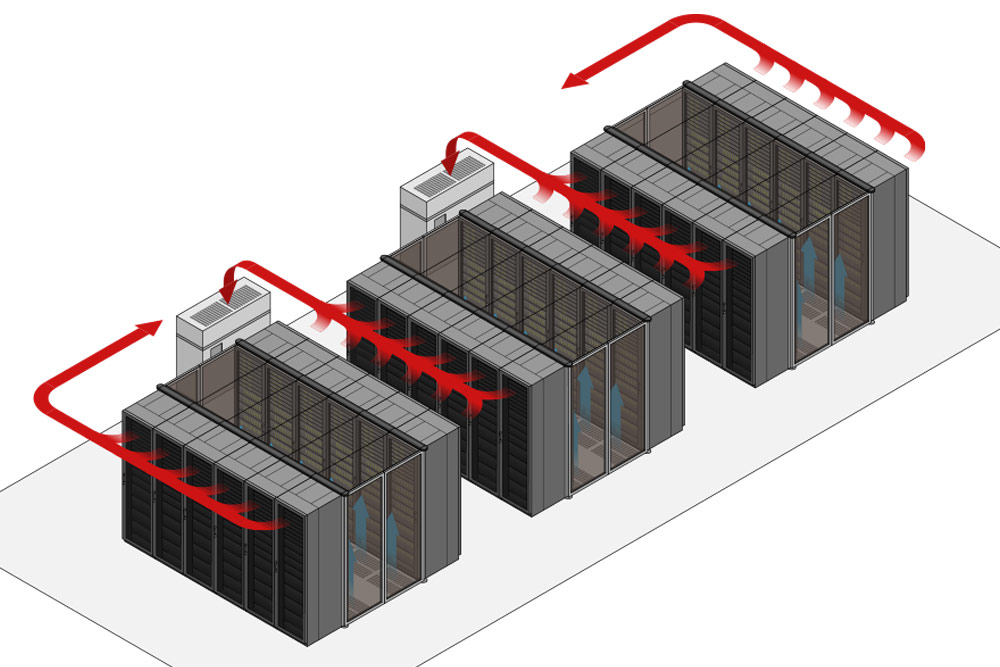As cloud services and distributed networks grow, and the Internet of Things (IoT) expands, the need to be connected across multiple platforms in multiple locations is constantly growing. Standard bandwidth is a metric that measures how much data can be sent over a network. Interconnection bandwidth is a metric that measures how ready a location or industry is to maximize its interconnection potential. It’s a measure of the total capacity to privately transfer traffic via direct interconnections at distributed traffic exchange points – hosted at colocation data centers that are carrier neutral. The interconnection bandwidth measurement helps companies understand which industries can benefit the most from increased connectivity.
The interconnection bandwidth boom
Interconnection increases transaction speed and provides more flexibility. Current projections, according to the Global Interconnection Index are that:
- Private interconnection is expected to exceed public interconnection activity.
- Latin America is leading the way in interconnection bandwidth.
- The insurance and banking industries are expected to lead the way among various industries in interconnection bandwidth due to increased demand for consumer services, increased compliance requirements, and changes in digital currency.
- Private cloud connectivity, among multiple clouds, is expected to increase 160% by 2020.
- Interconnection bandwidth is expected to grow for private data exchange networks ten times faster than for MPLS networks.
Reasons interconnections are increasing
Some of the current trends causing increased global interconnectivity are:
- Digital technology. Use of digital technology requires real-time interactions which, in turn, requires more connectivity.
- Urbanization. As populations continue to expand, over two billion people are estimated to move to major cities by 2035, necessitating dense interconnection needs.
- Data sovereignty. This means data can be accessed locally even though it can be used worldwide. Many countries already limit the transmission of financial, tax, and accounting data.
- Cybersecurity. Sending data through private traffic exchanges should be more secure than transmitting the data through public networks.
- Globalization. As companies continue to send and receive products and services across country borders, the need for connectivity will expand.
Businesses and organizations need to understand where their growth opportunities are by preparing technically for the future – as well as financially, culturally, and legally. Companies need to be able to scale their connections as their need for connectivity expands to different geographical regions and as their services and products become more digitally desirable.
Understand how to properly increase company connectivity
You can never have too many customers or clients. Increased connectivity can expand your customer base and increase your revenue. Data centers are an excellent place to maximize your connections. The increase in connections and increase in the speed of the connections must be properly balanced with security concerns and with expenses. To review your short-term and long-term options, please contact us and ask to speak with one of our interconnection bandwidth professionals.
• Call: 888 865 4261
• Chat with a member of our team to discuss which solution best fits your needs.









